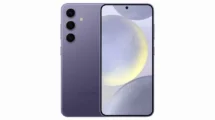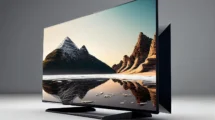The Voyager Program, which was launched by NASA on September 5, 1977, has completely changed our approach to understanding the solar system and brought a new revolution to the space technology and industry globally. Sunday, 20th August will mark the 40th anniversary of the launch of Voyager 2 – the twin spacecraft of NASA’s Voyager Program and almost every space agency from the world is willing to give this twin spacecraft a tribute.
The Voyage 2 took off from Cape Canaveral, Florida on 20th August 1977 and is currently positioned at some 10.6 billion miles distant. The mission objective was to fully explore giant planets of our solar system like Jupiter and Saturn and surprisingly. After forty years of blasting off from the Cape Canaveral LC-41 launch pad, the most distant ambassadors of the Earth – the twin Voyager spacecraft are still in a row. The twin Voyager spacecraft – Voyager 1 and Voyager 2, featuring messages and pictures from Earth, are now stationed over 11 billion miles away from the planet and still operational.
Voyager 1 followed the Voyager 2 a few weeks later the launch and is currently ahead of the later one. The mission was the farthest spacecraft of humanity at 21 billion miles distance and is also the only spaceship of the world to reach the interstellar space – the massive emptiness between star systems. As expected by NASA, the Voyager 2 is likely to cross the frontier of the void of star systems within the next few years.
Each of the Voyager spacecraft carries a 30-centimetre long, gold-coated copper phonograph record, the features messages from Earth including Fifth Symphony of Beethoven, cheeping crickets, the cry of a baby, a kiss between a mother and baby, sounds of wind and rain, a deafening moon rocket launch, songs of African pygmy, pan pipes of Solomon Island, a Peruvian wedding song and also good wishes in dozens of languages. Moreover, the twin spacecraft also contains over 100 electronic pictures, each record exhibiting the lifestyle of 20th-century including traffic jams and much more.
As NASA expects, the nuclear-fuelled Voyager spacecraft will remain operational for few more decades and will continue to send pictures and information back to earth. In the last forty years, each spacecraft has cross more than 10 billion miles from earth which is really a long road trip for any spaceship yet.





